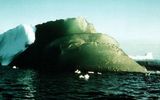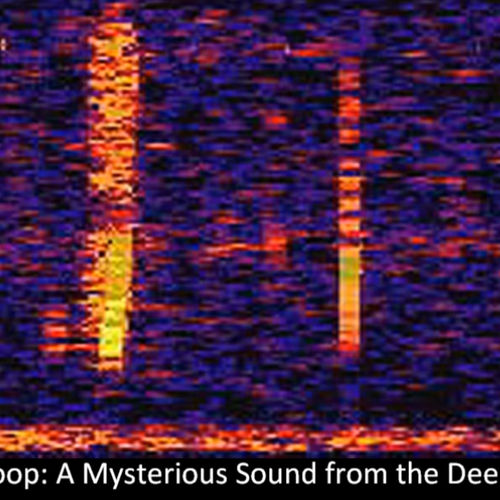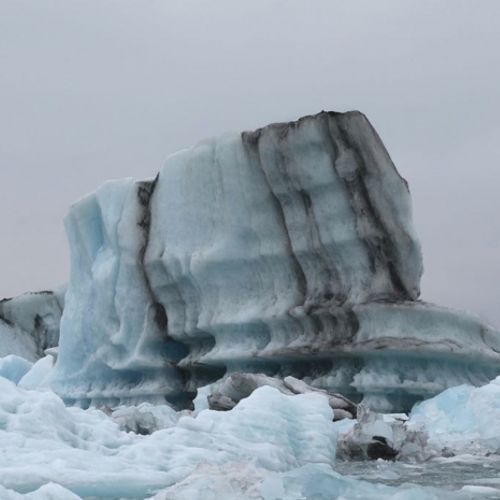
| Added | Sat, 09/03/2019 |
| Источники | |
| Дата публикации | Sat, 09/03/2019
|
| Версии |
View bottle green icebergs in Antarctica for decades, intrigued by polar travellers and scientists. Many were puzzled by this curious phenomenon. Now scientists have proposed a new idea about why there are these jade icebergs , and if it is confirmed, this will solve the mystery.
The quest to uncover the mystery of the green monoliths originated during the Australian expedition in 1988, when glaciologist Stephen Warren of the University of Washington climbed up on one of them to take a closer look.
The usual icebergs occur as snow; since the snow is compressed under its own weight into ice, the air in the snow closes like bubbles. So the glacier contains numerous bubbles.
Emerald ice, however, has no bubbles, it turns out that this was no ordinary glacier ice. The scientist took a core sample from a glacier in East Antarctica on the shelf of American history and compared it with other samples of the green ice of the Australian expeditions in the 1980-ies. He found that the color of jade is due to sea ice, not the glacier.
Most of the icebergs seen by the sailors in Antarctica, white or blue, some even striped. Green — a rarity. At first the team suspected that impurities in the ocean water below the ice turn to green, perhaps because of the frozen microscopic particles of dead marine plants and animals. But a sample of ice has proved that their theory is wrong: the green and blue sea ice have the same amount of organic material.
Only a few years ago, researchers came up with another idea. It was inspired by research oceanographer Laura Harris-Borreguero from the University of Tasmania, which found that the Ice shelf emery iron almost 500 times more than other icebergs.
They asked the question, is it possible that the iron oxides turn the usual blue hue of the ice in dark green. If Yes, then where did the iron? In many parts of the ocean these compounds are rare. One of the team members believes that the answer may lie in "ice flour" is powder, formed by glaciers during the destruction of the particles from the surface. These iron-rich particles then flow into the ocean and fall under the ice shelf, where they are mixed with sea ice as it is education.
The discovery could play a role in sustaining life in the ocean. Iron is a key nutrient for the microscopic plants that feed on many other organisms. If green icebergs move iron from the mainland of Antarctica in the southern ocean, it can be a crucial process for marine life.
To confirm their hypothesis, the team plans to conduct further analysis of short cores icebergs to determine the ratio of dissolved organic carbon and particulate organic carbon depending on the depth and Mineralogy of iron.
Translated by «Yandex.Translator»
Новости со схожими версиями
Log in or register to post comments







